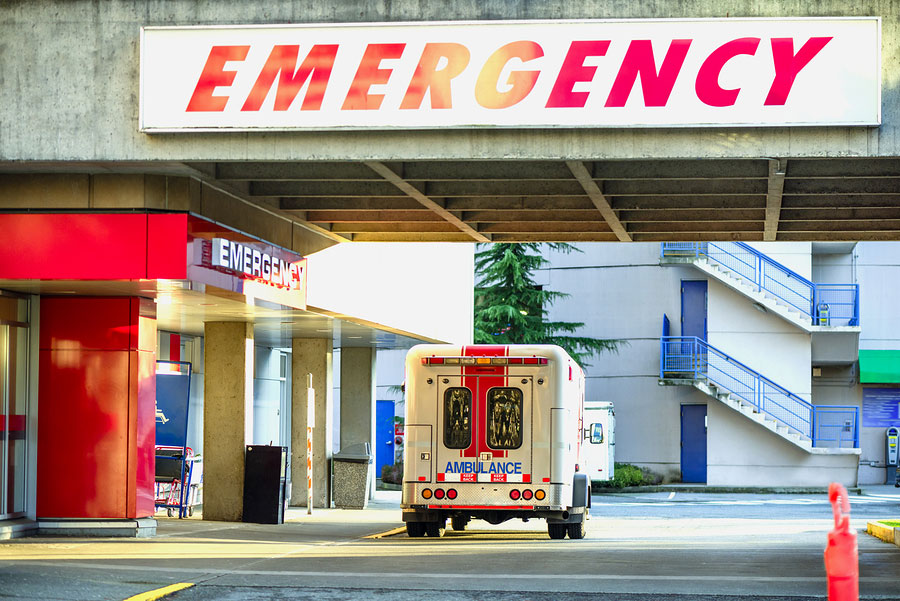There are several trends in EMS patient transport that could lead to a possible peak and leveling off heading into 2020, according to Greg Friese, the editor-in-chief of EMS1.com. He predicts the following trends may point in this direction for the industry.
Patients calling Uber or Lyft rather than 911 for transport to the hospital.
There is widespread availability of on-demand ridesharing services like Uber and Lyft which may be used rather than ambulances by low-risk patients who don’t require lifesaving emergency care to get to the hospital. Medical directors and EMS chiefs urge caution, however, since Uber and Lyft drivers do not have the training or equipment that an ambulance does. “An Uber driver is not going to be able to diagnose your stroke or heart attack, asthma, sepsis,” said Deputy Chief Rich Wales of the Orlando Fire department.
Uber and Lyft are vying for non-emergent transports.
Uber and Lyft are recognizing the revenue potential for providing scheduled non-emergent transport. Uber Health is partnering with medical providers to transport patients to their appointments, and uses its technology to schedule rides and send text message reminders.
Patients use GPS apps to locate nearest hospital – depending less on 911.
GPS apps and map software on cell phones are being used by patients to direct them to the nearest hospital. Mr. Friese said their time may have been better spent calling 911 rather than navigating a GPS app, to enable well-trained EMS personnel to decide the best location to treat a patient. An app might recommend a Level III trauma center when a Level I or II facility would be more appropriate. Or a primary stroke center rather than a comprehensive stroke center he added.
911 dispatchers increasingly sending a non-ambulance.
911 dispatchers are handling minor injuries or illness complaints by using technology companies like MedStar Mobile Healthcare to triage low-acuity callers to a nurse who can help a patient identify the best course of treatment. According to Medstar “since 2012, 11,262 low-acuity 911 callers have been referred to this program, and 34 percent of these patients have had a response other than an ambulance to the emergency department.”
The millennial generation is relying on freestanding EDs and walk-in urgent care.
This is a relatively new trend as the millennials are using these healthcare facilities extensively, rather than using an emergency department. It is seen as more convenient with lower wait times.
Telemedicine is on the rise with the use of wearable devices.
Mr. Friese said that the data available from patient wearables is expanding exponentially. Devices can track heart rates, respiratory rates, and blood pressure. Information from wearables is being used to improve patient care and prevent a patient’s condition from worsening to the point that an emergency transport or hospital readmission is needed.
MedTrust Transport provides emergent and non-emergent ambulance services in Charleston, Myrtle Beach and Georgetown, South Carolina. We have trained EMT personnel and a fleet of fully-equipped ambulances. We aim to provide compassionate and timely patient care.
SOURCE: https://www.ems1.com/2018-year-review/articles/393069048-8-reasons-we-are-on-the-cusp-of-Peak-EMS/

